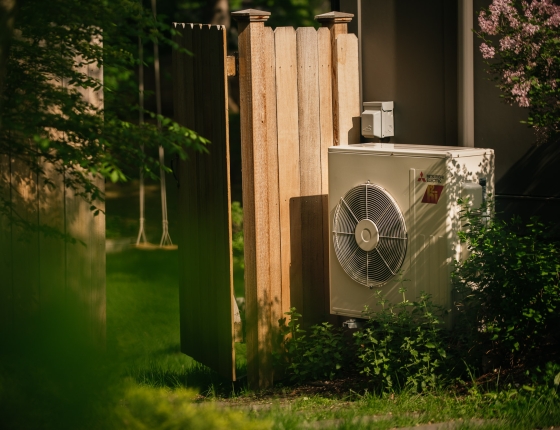This post complements our quarterly research newsletter, which features updates on CEE's research projects. Sign up to get this information in your inbox.
CEE CARD Grants: Helping utilities bring energy savings to Minnesotans
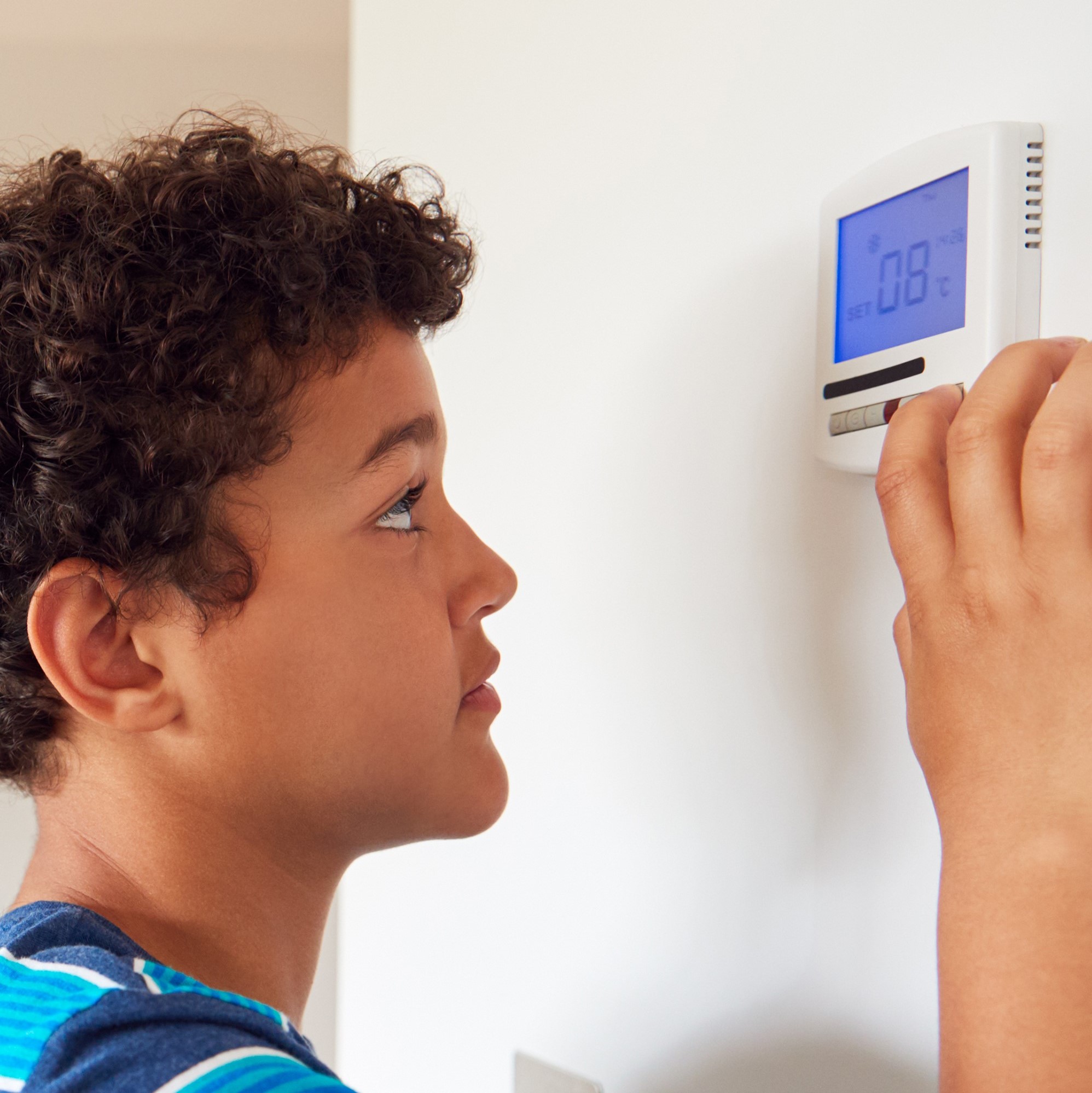 Minnesota Department of Commerce has announced grants to CEE and its partners totaling over $3.5 million for 11 multi-year research projects that CEE will either lead or serve as subcontractor. Across the board, the newly funded research will help maximize energy efficiency in commercial buildings, low-income housing, multifamily buildings, grocery stores, and more; improve the efficiency of residential air source heat pumps, heat pump water heaters, as well as commercial building ventilation; and develop insights into insulation and thermal storage, as well as inform the development of load management, district geothermal, and electric vehicle programs. Completed projects provide utilities with key information to improve relevant program designs or create new programs within their conservation portfolios.
Minnesota Department of Commerce has announced grants to CEE and its partners totaling over $3.5 million for 11 multi-year research projects that CEE will either lead or serve as subcontractor. Across the board, the newly funded research will help maximize energy efficiency in commercial buildings, low-income housing, multifamily buildings, grocery stores, and more; improve the efficiency of residential air source heat pumps, heat pump water heaters, as well as commercial building ventilation; and develop insights into insulation and thermal storage, as well as inform the development of load management, district geothermal, and electric vehicle programs. Completed projects provide utilities with key information to improve relevant program designs or create new programs within their conservation portfolios.
Funding for these grants is provided from the Minnesota Department of Commerce, Division of Energy Resources through the Conservation Applied Research and Development (CARD) program, which is funded by Minnesota ratepayers.
Optimizing the New Generation of Grocery Refrigeration Equipment
Background: 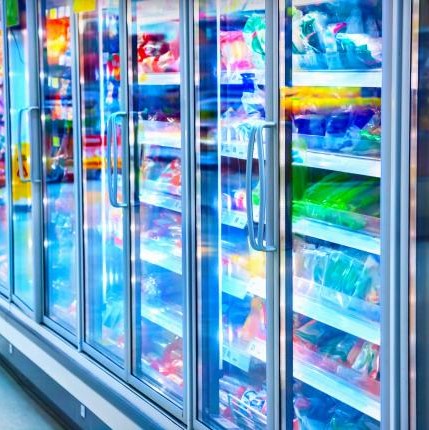 Carbon dioxide (CO2) is a natural refrigerant that minimally impacts global warming compared to previous industry-standard refrigerants. As the U.S. grocery industry moves to standardizing CO2 as refrigerant, however, summertime energy use is increasing. This project set out to field-test design features that provide savings opportunities in CO2 refrigeration systems that have not yet been addressed by Minnesota's utility programs.
Carbon dioxide (CO2) is a natural refrigerant that minimally impacts global warming compared to previous industry-standard refrigerants. As the U.S. grocery industry moves to standardizing CO2 as refrigerant, however, summertime energy use is increasing. This project set out to field-test design features that provide savings opportunities in CO2 refrigeration systems that have not yet been addressed by Minnesota's utility programs.
Update: The final report for this project was published this spring. The field project took place over a three-year period and investigated three installations of the most currently relevant CO2 system upgrade options for grocery stores in Minnesota: adiabatic gas coolers, mechanical subcoolers, and a flooded evaporator option called FTE. The team verified energy and demand savings for all three technologies. FTE/flooded evaporators had about double the annual energy savings of the other two measures, but half their summer demand savings. The project team also found that lowering an adiabatic gas cooler's wet-dry switchover point from 75°F to 55°F tripled the annual energy savings achieved.
This project is supported by a grant from the Minnesota Department of Commerce, Division of Energy Resources through the Conservation Applied Research and Development (CARD) program, which is funded by Minnesota ratepayers.
Discovering Air-to-Water Heat Pumps
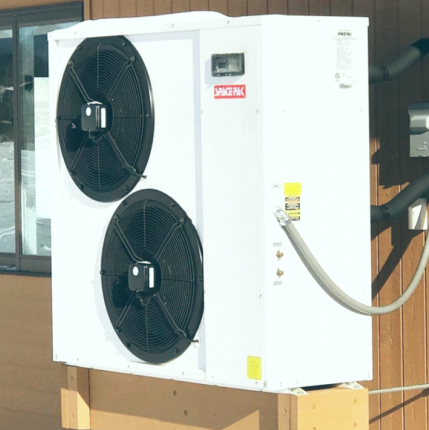 Background: The air-to-water heat pump (AWHP) is a relatively new variant of an air source heat pump (ASHP) that uses electricity to move heat from outdoor air into indoor water and offer the potential flexibility and higher efficiency of more expensive heat pump technologies at much lower costs. This project sought to characterize and evaluate the efficiency performance, and cost-effectiveness of AWHP systems.
Background: The air-to-water heat pump (AWHP) is a relatively new variant of an air source heat pump (ASHP) that uses electricity to move heat from outdoor air into indoor water and offer the potential flexibility and higher efficiency of more expensive heat pump technologies at much lower costs. This project sought to characterize and evaluate the efficiency performance, and cost-effectiveness of AWHP systems.
Update: The project team completed its final analysis and report in March. The project identified dozens of AWHP models and configurations that are available for a variety of Minnesota residential applications. For systems field-tested in this study, the AWHPs produced 6,300 to 16,600 kWh as well as $453 to $1,450 in savings per year. The project team recommends aligning this subset of ASHP technology with existing ECO models and programs and advocates for standardized ratings for AWHP systems to promote the technology as a flexible and effective heat pump solution.
This project is supported by a grant from the Minnesota Department of Commerce, Division of Energy Resources through the Conservation Applied Research and Development (CARD) program, which is funded by Minnesota ratepayers.
Advanced Controls for Residential HVAC Fan
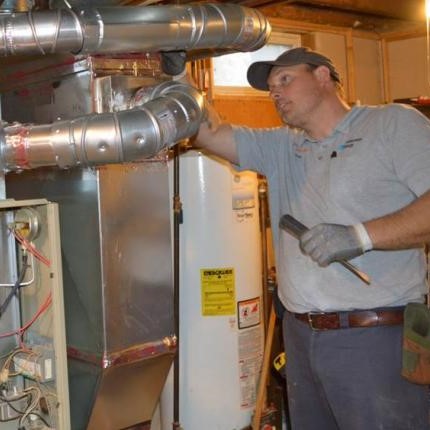 Background: This project will research the energy savings potential of a fan control device designed to reclaim HVAC losses by extending post-purge times, as well as research the market for such a product. Researchers will assess residential HVAC market and installation feasibility in addition to developing a selection and diagnostic tool. Finally, analysis of monitored data from installed systems will be used to determine the energy savings, carbon reductions, and cost-effectiveness.
Background: This project will research the energy savings potential of a fan control device designed to reclaim HVAC losses by extending post-purge times, as well as research the market for such a product. Researchers will assess residential HVAC market and installation feasibility in addition to developing a selection and diagnostic tool. Finally, analysis of monitored data from installed systems will be used to determine the energy savings, carbon reductions, and cost-effectiveness.
Update: The project team has submitted a final report and recently published an infographic and fact sheet containing key findings. Data was collected and analyzed from 20 homes. The field evaluation showed that for 14 of 20 sites, there was no significant difference in annual gas use associated with the fan controller. These results emphasize that any effect the fan controller has on gas use is small relative to other sources of uncertainty.
This project is supported by a grant from the Minnesota Department of Commerce, Division of Energy Resources through the Conservation Applied Research and Development (CARD) program, which is funded by Minnesota ratepayers.
MEDIA CONTACT
Tim Hanrahan, thanrahan@mncee.org
